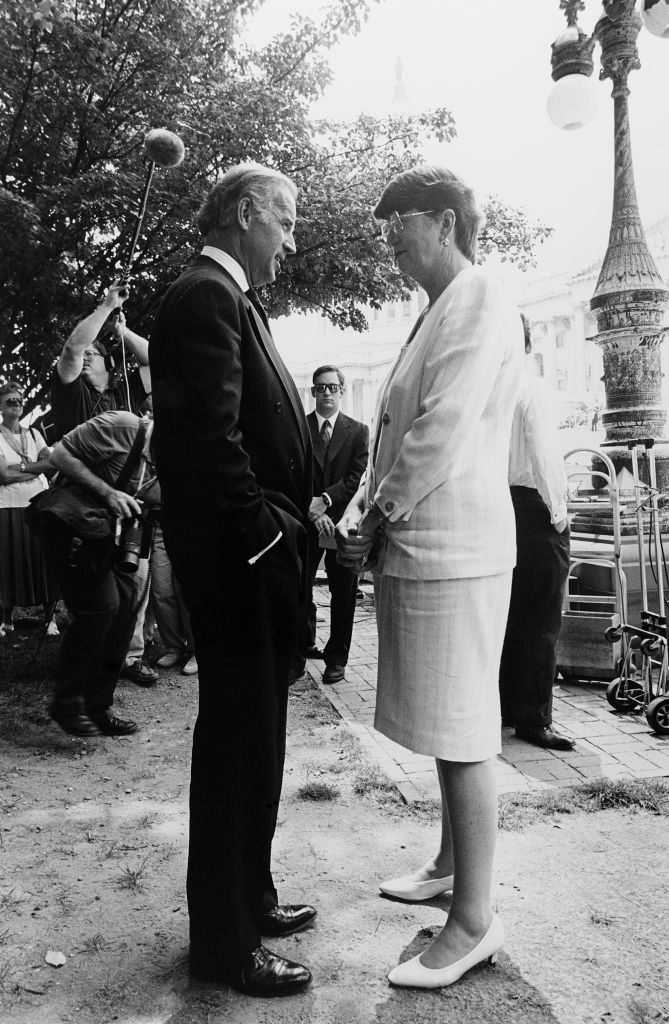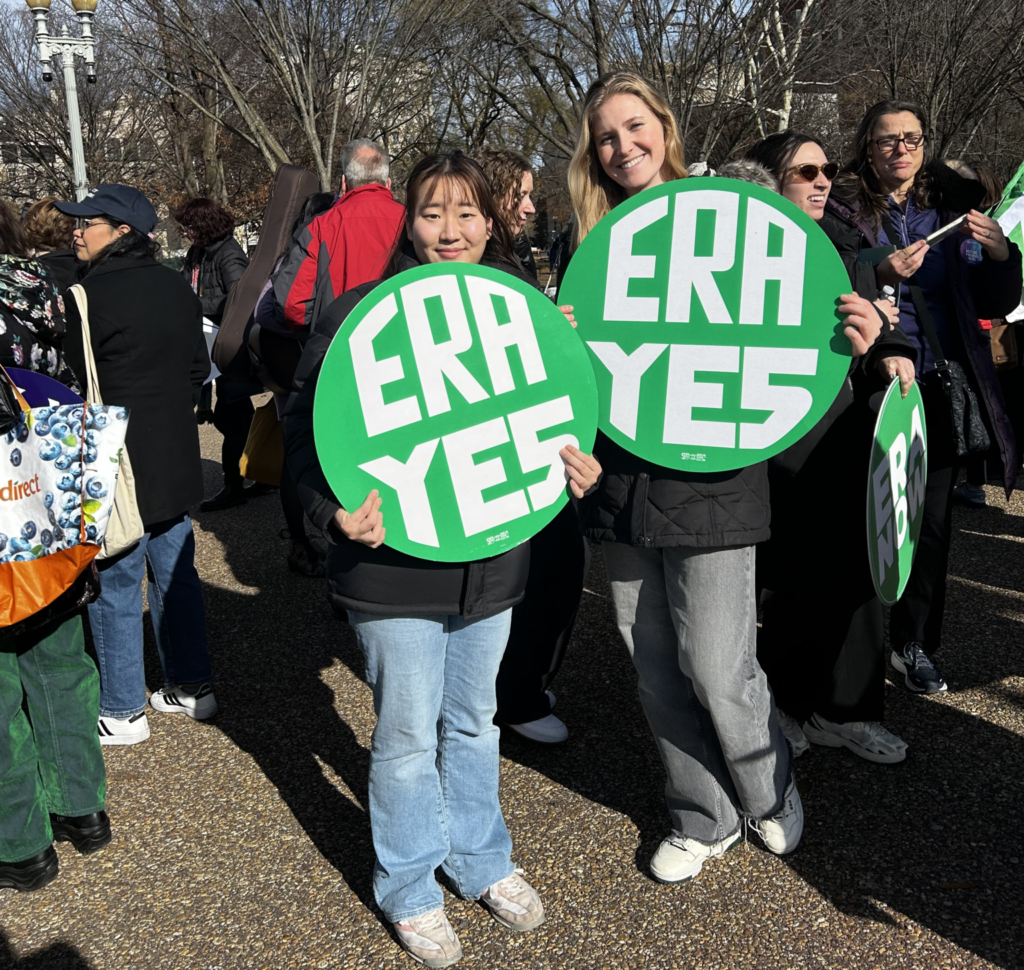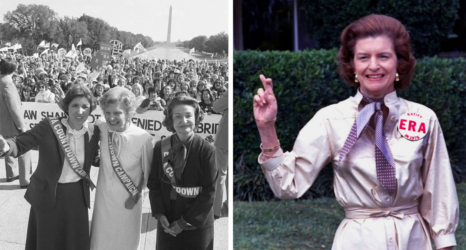By providing an explicit guarantee of sex equality in the Constitution, the Equal Rights Amendment holds the power to transform the underlying power dynamics fueling gender-based violence.

As the most literal form of patriarchal power and control, gender-based violence has always been a galvanizing subject in gender equality movements. Still, gender-based violence has largely escaped legal treatment as an issue of sex discrimination in the United States. The Equal Rights Amendment (ERA) will provide an explicit guarantee of sex equality in the Constitution and empower Congress to enforce it and address gender-based violence.
The current reality in the U.S.—that one in three women experiences sexual violence, physical violence, or stalking by an intimate partner within their lifetimes—is rooted in the history of a legal system that upheld gendered hierarchies and tolerated, if not promoted, violence within marriages. The 1848 Women’s Rights Convention’s Declaration of Sentiments listed the husband’s “right of chastisement” among its grievances. While courts no longer recognize such a right, its legacy lives on in internalized biases throughout the legal system, which generally minimizes gender-based violence as private, trivial, or normal. Meanwhile, gender-based violence persists in conditions of economic and social inequality.
The legal system’s nearly singular reliance on law enforcement to address gender-based violence does more to uphold existing hierarchies of race and sex than to dismantle inequality. Despite these issues, the anti-violence movement has painfully eked out successes, including the recognition of forms of gender-based violence in state law and the provision of a system of social services and resources established 30 years ago when Congress enacted the Violence Against Women Act (VAWA).

The Roberts Court’s determination to return the country to its roots threatens this progress. For example, the Court will soon issue a ruling in United States v. Rahimi, and will determine whether a federal law banning people from possessing guns while under a domestic violence protective order violates the Second Amendment. Under the Court’s originalist Second Amendment standard, a gun regulation will only be upheld if the government can demonstrate that it is “consistent with the nation’s historical tradition of firearm regulation” dating back to 1791 when the amendment was ratified. Spoiler alert: during the 18th century, common law permitted men to beat their wives with a stick (no bigger than their thumb).
During oral arguments, Justice Jackson alluded to the extreme consequences that may result from the Court limiting all constitutional review to texts from the Founding era: “What if we had a hypothetical in which we actually determined based on the historical record that domestic violence was not considered dangerousness back in the day?”
An all-too-likely answer is that the Supreme Court will subordinate the interests of survivors to existing constitutional rights, including those enabling violent behavior. During the last term, the Court overturned a stalking conviction and elevated First Amendment rights over the interests of survivors. In Counterman v. Colorado, a woman’s stalker sent hundreds of Facebook messages, created new accounts when blocked, suggested he was surveilling her, and expressed a wish that she die. The Supreme Court held that the First Amendment protects this behavior unless the state can prove that the defendant subjectively understood that their words could cause fear. The ERA could shift the reasoning of outcomes like this by elevating sex equality rights to the same constitutional status as rights in the First and Second Amendments.

The Court has also impeded the ability of Congress to enforce gender equality and affirmatively address gender-based violence. At the heart of VAWA was a provision that created a civil rights remedy for survivors to assert their “right to be free from crimes of violence motivated by gender” by suing the perpetrator of violence. In 2000, the Supreme Court ruled this provision unconstitutional, holding that Congress lacked the constitutional authority to enact a law providing a civil right of action in cases involving gender-motivated crimes.
But the ERA invites us to envision bolder solutions to gender-based violence beyond VAWA’s civil rights remedy, civil orders of protection, or the criminal justice system. Economic equality and freedom from gender-based violence are inextricably connected. In reality, few survivors have the resources to bring a civil rights lawsuit in federal court. VAWA’s civil remedy was rarely used. In fact, most survivors are unrepresented in family courts. And reliance on the criminal justice system to address gender-based violence has entrenched paternalistic ideas of safety and endangered Black women and all survivors at the margins of power.
The potential of the ERA’s constitutional sex equality guarantee lies in its ability to address the power dynamics underlying gender-based violence.
Care about women’s equality? We do too. Let Ms. keep you up to date with our daily + weekly newsletters. (Or go back to the “ERA Is Essential to Democracy” media collection.)






